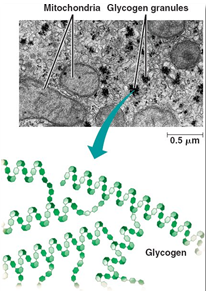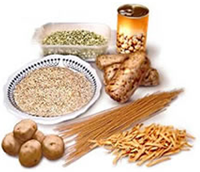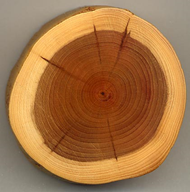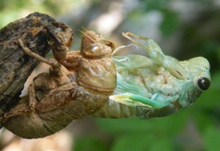Glycogen is a polysaccharide that is made up of about 30,000 glucose molecules! Animals store their excess sugar as glycogen in the mitochondria of liver and muscle cells. The image to the right was taken with an electron microscope. The dark structures show the glycogen granules.
One of the main functions of the liver is to control the levels of glucose in the blood. When the glucose level in the blood is too low, glycogen is broken down into glucose and released into the blood. The glycogen in muscle cells provides an immediate source of glucose for muscle contractions and movement.






